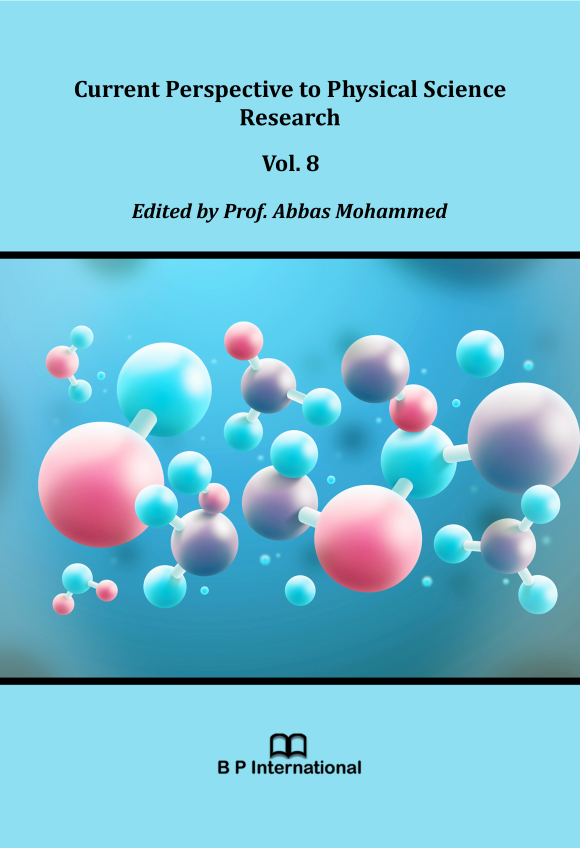Probing \(\theta_{13}\) with A4 Flavor Symmetry and Deviations to TBM Mixing via \(Z_2 \times Z_2\) Invariant Perturbations
Current Perspective to Physical Science Research Vol. 8,
2 April 2024,
Page 1-31
https://doi.org/10.9734/bpi/cppsr/v8/5859B
In this work, a flavour theory of a neutrino mass model based on \(A_4\) symmetry is considered to explain the phenomenology of neutrino mixing. Neutrino flavor conversion was first detected in solar and atmospheric neutrinos. The discovery of neutrino oscillations proved the violation of flavor in the lepton sector and the need for extensions of the Standard Model. Since then, lepton masses, mixings, and flavor violation have been actively researched through global fits to oscillation data. The spontaneous symmetry breaking of \(A_4\) symmetry in this model leads to tribimaximal mixing in the neutrino sector at a leading order. We consider the effect of \(Z_2 \times Z_2\) invariant perturbations in neutrino sector and find the allowed region of correction terms in the perturbation matrix that is consistent with \(3\sigma\) ranges of the experimental values of the mixing angles. We study the entanglement of this formalism on the other phenomenological observables, such as \(\delta_{cp}\) phase, the neutrino oscillation probability \(P(v_\mu\rightarrow\)\(v_e)\) , the effective Majorana mass \(\vert m_{ee}\vert\) and \(m_{ve}^{eff}\) . A \(Z_2 \times Z_2\) invariant perturbations in this model is introduced in the neutrino sector which leads to testable predictions of \(\theta_{13}\) and CP violation. By changing the magnitudes of perturbations in neutrino sector, one can generate viable values of \(\delta_{cp}\) and neutrino oscillation parameters. Next we investigate the feasibility of charged lepton flavour violation in type-I seesaw models with leptonic flavour symmetries at high energy that leads to tribimaximal neutrino mixing. We consider an effective theory with an \(A_2 \times Z_2 \times Z_2\) symmetry, which after spontaneous symmetry breaking at high scale which is much higher than the electroweak scale leads to charged lepton flavour violation processes once the heavy Majorana neutrino mass degeneracy is lifted either by renormalisation group effects or by a soft breaking of the \(A_4\) symmetry. In this context the implications for charged lepton flavour violation processes like \(\mu\rightarrow\mathsf{e}\gamma, \tau\rightarrow\mathsf{e}\gamma, \tau\rightarrow\mu\gamma\) are discussed. A more comprehensive version of the generalised CP methodology and its potential to produce other hypothetically and realistic ansatz forms for the lepton mixing matrix will be presented in our future work.
